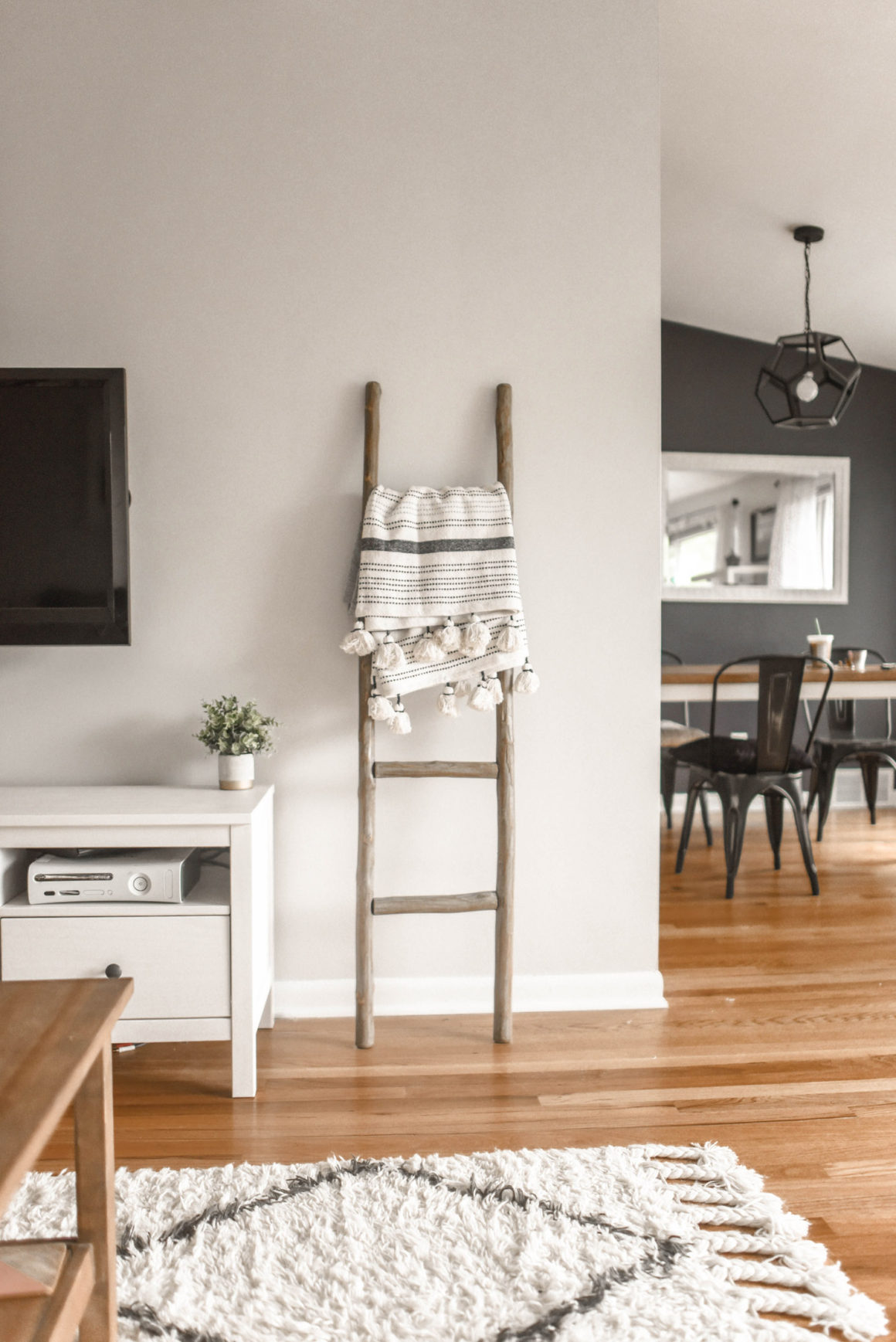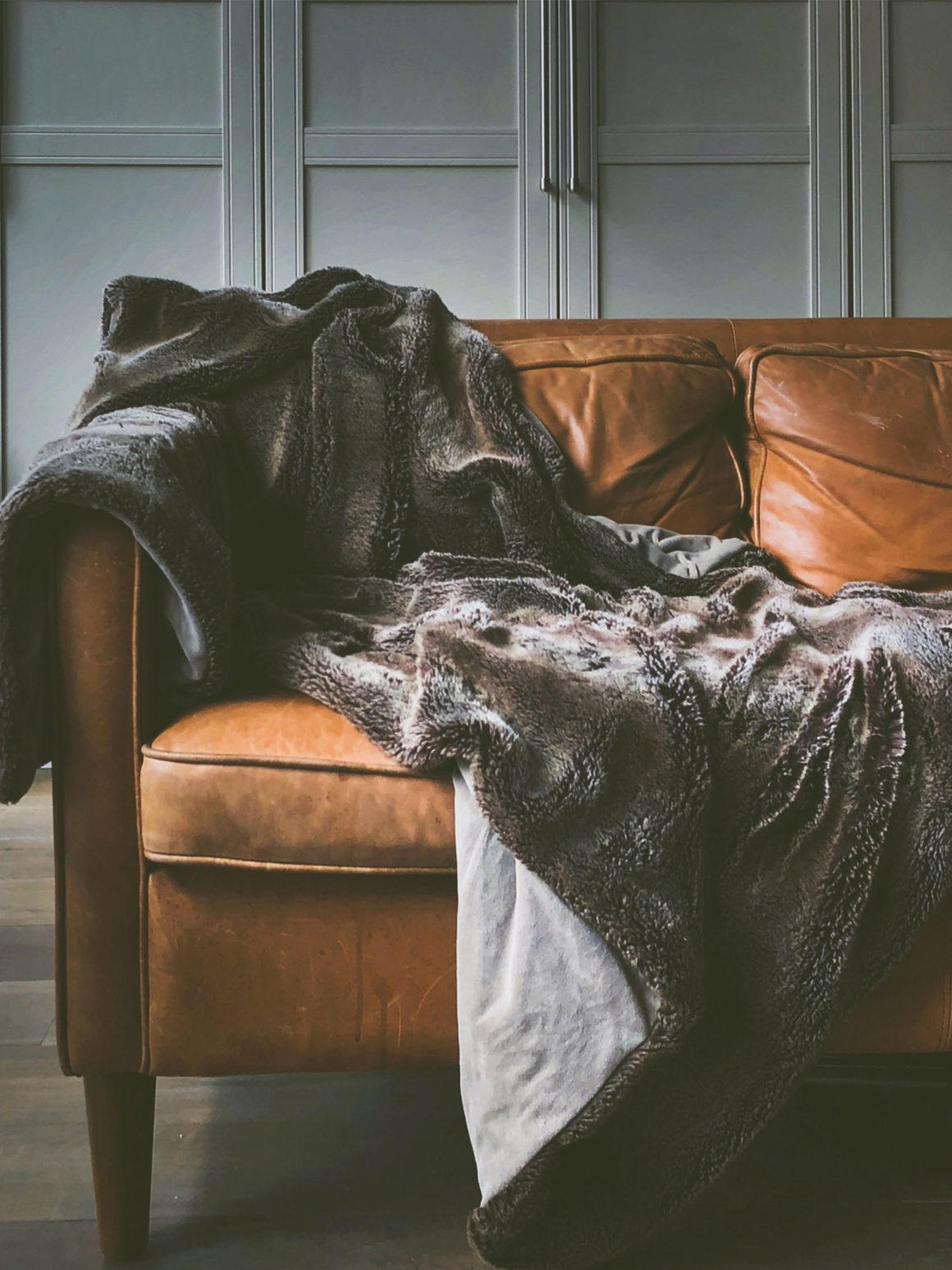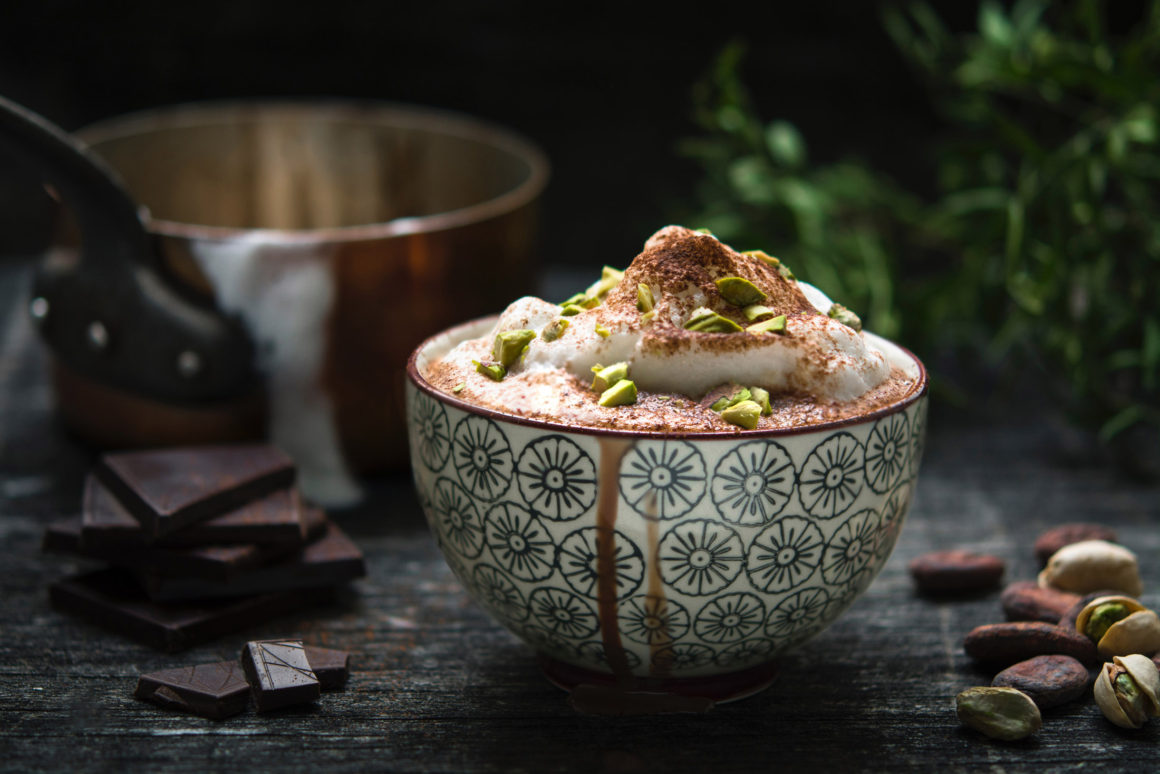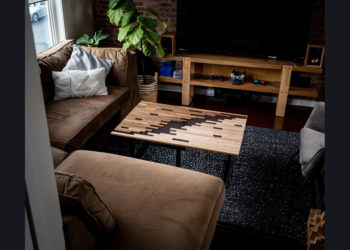During our cold, dark winters, it’s easy to feel a lack of enthusiasm towards life and work. When the light levels drop around the winter solstice, many people in the northern hemisphere suffer from Seasonal Affective Disorder, which is known by its all-too-appropriate acronym “SAD.” A vacation in the tropics can provide a short-term fix. But there is a more permanent solution which can be applied to your home that promises to make you feel peppier during the cold season.

According to the ancient art of feng shui, developed more than 5,000 years ago in China, “yin” and “yang” play an important role in our health and well-being. These two opposing forces keep our bodies, minds and homes in harmony with the Universal energy (chi) that permeates the Earth. When they are out of sync (one is stronger than the other) we feel misaligned.

In feng shui philosophy, winter and summer are considered the major seasons while spring and autumn are transitional. Winter corresponds to yin energy (cold, dark, and inactive) and summer corresponds to yang energy (warm, bright, and active). Decorating for these two seasons requires a balancing act between yin and yang forces. We do this by adapting our decor to the season we’re in.
In fact, the practice of changing a home’s decor for the seasons long predates the popularization of feng shui in Western cultures. Even now, many people adhere to this practice without quite understanding why.

Since the winter months in the northern hemisphere are cold and dark (yin), they can be offset by augmenting the level of warmth and light (yang) in the environment to restore balance. In your home, you can do this by adding warm lighting (no white lights) and/or candlelight, by lighting the fireplace if you have one (we have a primal attraction to fire), putting textured fur or wool blankets on seating, and layering carpets over wood floors in corridors and other rooms. Textures that are soft to the touch, combined with warm lighting, or the glow of a fireplace, make a room cozy, and balance the cold darkness of the outdoors. A centrepiece of succulents on your dining room table or a terrarium filled with the same will add some greenery to your home. Bringing nature indoors when the plants are dormant outside elevates our mood.

Bedrooms should also be made a priority during the winter months. We spend more time sleeping and loafing in bed during the winter. Putting quality linen or cotton sheets on your bed will help you sleep better. Pillows and throws should also be added for additional warmth and comfort. And candles are a definite plus for a cozy AND romantic environment.

The polyphenols in hot chocolate can elevate your mood; use dark chocolate for best results. 
Our bodies also need to be brought into a state of balance during the cold winter months, when the surplus of yin energy can weaken our life force (chi). Drinking warm, spiced beverages such as cardamom hot chocolate or chai tea, as well as eating foods that contain a variety of spices and peppers, such as Indian and Mexican dishes, which are yang, will help ward off the internal cold. You will notice that many Indian dishes are served alongside a bowl of cucumber raita. The raita is the cooling dish required to balance the heat of some of the spicier fare.
When the outdoor picture is dreary and most of nature is asleep, we, too, want to cocoon. But just as the northern Europeans first added candles to their fir trees to bring cheer to the darkened landscape and to celebrate Christmas, we must add light and warmth and happiness to our homes to increase our life force (chi). •

Here is a winter checklist to get you started:
• Candles
• Soft lighting – think dimmers
• Light the fireplace if you have one
• Knitted wool blankets
• Faux-fur blankets
• Fluffy pillows
• Centrepiece or terrarium of succulent plants
• Carpets/runners
• Warm and spicy beverages
• Spicy foods
• Getting together with friends.
Originally published in the Winter 2019 issue.








